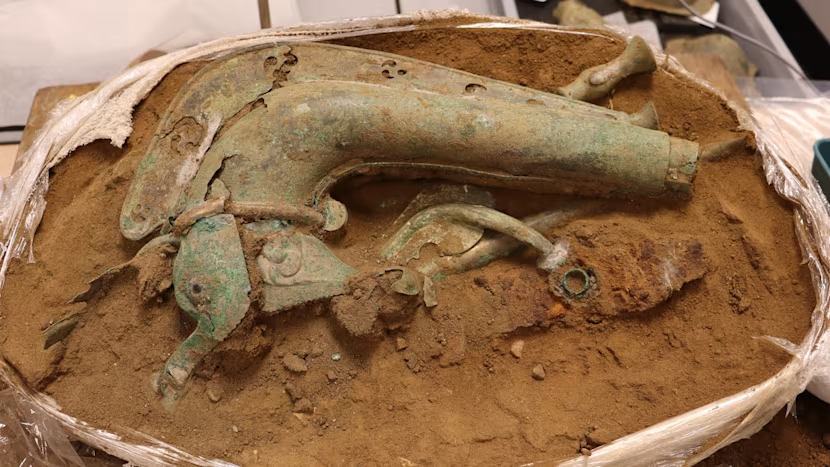For over a century and a half, Neanderthals have been cast as primitive, stoop-backed brutes, seemingly distant relatives of modern humans. This enduring image, shaped by the discoveries of the mid-19th century, has persisted despite mounting evidence to the contrary. Recent research conducted by a team led by University of Trento archaeologist Diego Angelucci suggests that it's time to reconsider our perspective on Neanderthals. Are they really a separate species, Homo neanderthalensis, or should we view them as different forms of humans? In this article, we delve into the evolving understanding of Neanderthals and their remarkable similarities to our own species.
A Shared History
The Gruta da Oliveira cave site in central Portugal has been a focal point for researchers studying Neanderthal history. Angelucci's team spent two decades excavating this site, uncovering intriguing evidence that challenges conventional wisdom. They found that Neanderthals, more than 71,000 years ago, coexisted with various wild animals, including wolves, lions, brown bears, and lynxes.
What sets this discovery apart is the strong evidence of controlled fire use. Neanderthals at Gruta da Oliveira were not just huddling around fires for warmth; they were cooking a variety of meats, from goats and deer to horses, on a well-maintained hearth. This suggests that fire played a central role in their daily lives, a skill often associated with modern human culture.
The Fire of Innovation
The controlled use of fire has deep implications for our understanding of Neanderthal capabilities. While it's known that other hominins appreciated fire for hundreds of thousands of years, Neanderthals might have taken it a step further. They didn't merely rely on naturally occurring fires; they actively started, managed, and used fire for cooking, heating, and defense.
The exact methods they employed to spark these flames remain a mystery, but Diego Angelucci speculates that they may have used techniques similar to those seen in Neolithic practices, such as the flint and tinder methods used by Ötzi, the Iceman. This suggests a level of ingenuity and problem-solving that aligns more closely with modern human behavior than previously believed.
A Shared Ancestry
As genetic analysis continues to reveal, Neanderthals interbred with our ancestors on multiple occasions throughout history. This genetic mixing underscores the blurred lines between Neanderthals and modern humans. It challenges the notion of them being a separate species and emphasizes their position as close relatives.
While the classification of Homo neanderthalensis remains a part of our scientific taxonomy, it's time to reconsider how we view Neanderthals. The evidence from Gruta da Oliveira and elsewhere suggests that Neanderthals were not as different from us as once thought. They were more than mere cousins; they were different forms of humans who shared a rich history, sophisticated culture, and a mastery of fire. It's time to welcome Neanderthals into the Homo sapiens family portrait, recognizing them as our remarkable relatives who have much to teach us about our shared past.







